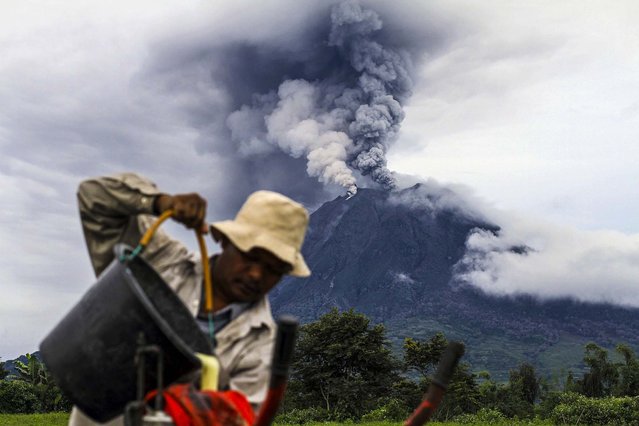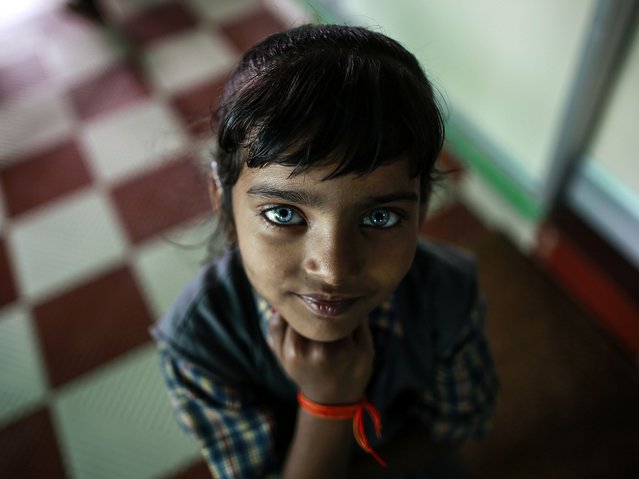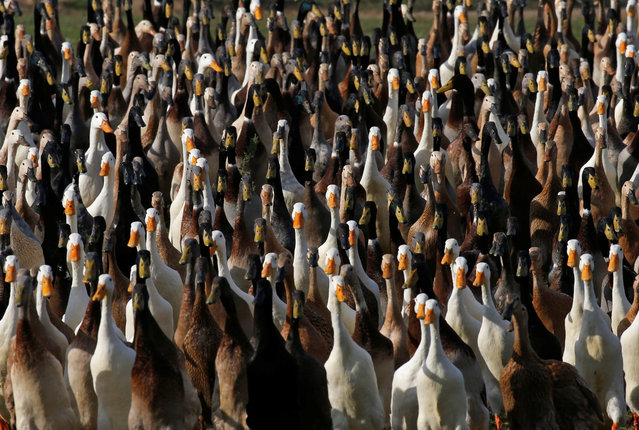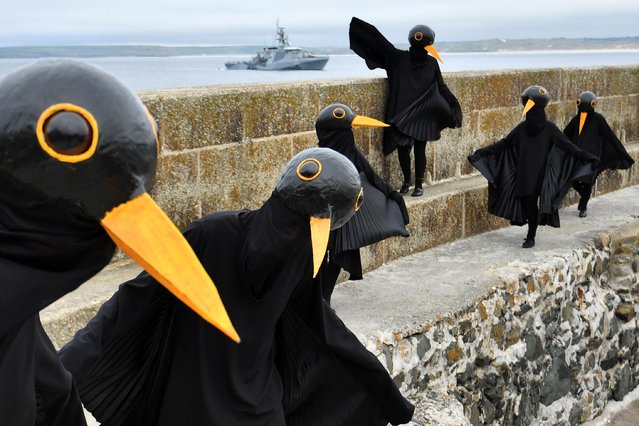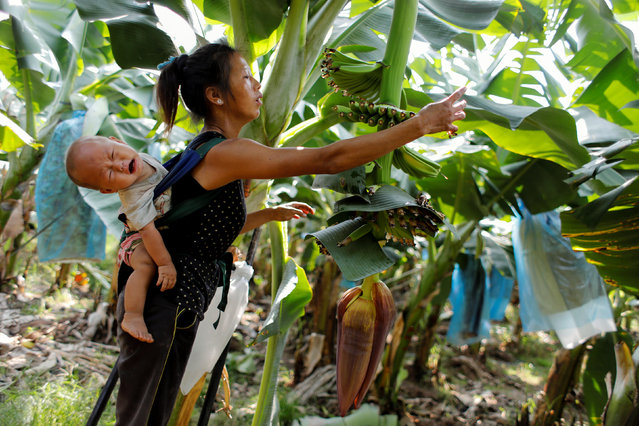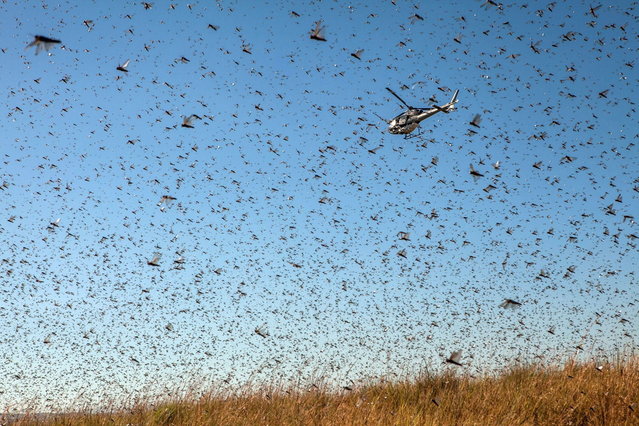
A helicopter of the Food and Agriculture Organization of the United Nations (FAO) flies through millions of Locusts as spreads pesticide to fight against a swarm of locusts threatening to reach Amparihibe village on May 7, 2014 in Tsiroanomandidy, Madagascar. FAO mission is to fight the locust's swarm with an insecticide. (Photo by AFP Photo/RIJASOLO)
16 May 2014 08:32:00,post received
0 comments

